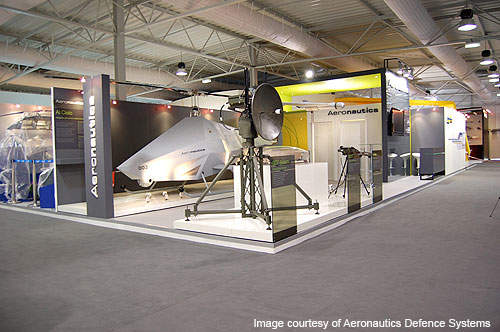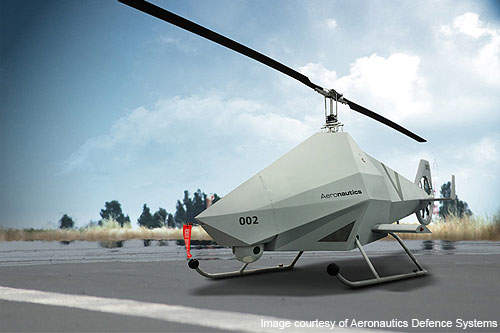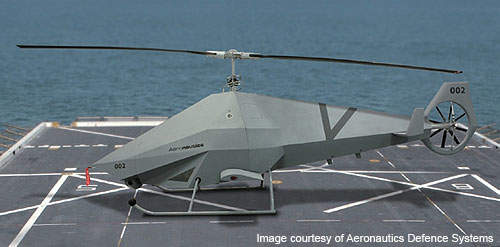Picador is a vertical take-off and landing (VTOL) unmanned aerial vehicle (UAV) designed and manufactured by Aeronautics Defence Systems (ADS) for the Israel Defence Forces (IDF) to perform intelligence, surveillance, target acquisition and reconnaissance missions. Based on the two-seat Dynali H2S kit helicopter, it is being built at ADS’s Yavne facility in Central Israel.
The maiden flight of the Picador, which lasted for 20 minutes, was undertaken in November 2010. After the vehicle’s initial flight, Aeronautics president Avi Leumi confirmed that the Picador was mainly aimed at navies and should be considered a replacement for manned helicopters used in intelligence gathering operations.
Flying at a maximum altitude of 12,000ft (3,657m), the UAV can provide its operators with real-time imagery or data of the battlefield by executing surveillance and target acquisition over a broad area, and transfer it to the ground control station (GCS) via satellite communication data link.
The UAV was showcased at the Paris Air Show in June 2009. ADS completed the test flight of the UAV’s half-scale model in 2009, while the full-scale model is yet to be approved by the Civil Aviation Authority (CAA).
Picador design
Picador is designed to suit both civil and military operations. It can operate day or night, and even in adverse weather conditions. It can be easily carried by ground vehicles, helicopters and maritime vessels.
The UAV has a two-bladed main rotor and an eight-bladed tail rotor for vertical take-off and landing capabilities. The diameter of the main rotor is 7.22m.
UAV features
Picador features a robust airframe, UHF radios, a global positioning system (GPS) and a skid landing gear. It is also fitted with an advance UMAS digital flight control system with a mean time between failures (MTBF) of 30,000 hours for the controlling engine.
Communication, navigation and flight controls payloads are also installed in the aircraft. An operator-controlled demonstrator is being used to develop the flight control system for the vehicle.
The UAV also houses directional antennae and a state-of-the-art multichannel data link system built by Commtact, a subsidiary of ADS. An electro-optic camera is fitted to the front section of the fuselage to capture high-quality battlefield imagery.
Navigation
Picador can be controlled either manually from the GCS or through autonomous mode. It is fitted with an autonomous mission programming system, which aids in safe landing during communication failure with the GCS.
EO and IR sensors and radars
The UAV is equipped with electro-optic (EO) and infrared (IR) sensors. The EO sensors convert light rays into electronic signals for capturing battlefield imagery.
Picador is equipped with synthetic aperture radar (SAR), signal intelligence (SIGINT), electronic intelligence (ELINT), communication intelligence (COMINT) and laser designator.
Engines
The UAV is powered by a single 2,500cc Subaru EJ 25 engine, which can produce 123kW of output power. Introduced in 1996, the EJ 25 can be operated using 91 Octane gasoline fuel. It consumes little power and produces a low torque rating.
The bore and stroke of the engine are 0.079m and 0.099m respectively.
Ground control station (GCS)
The ground control station (GCS) is also designed and manufactured by Aeronautics Defence Systems. The UAV can be monitored and controlled using a specially built hardware and software system. Communication between the UAV and the GCS is enabled through a line of sight data link with a range of up to 200km.
The GCS is also equipped with two remote video terminals (RVT) which display the real-time video or images captured by the aircraft. Each terminal weighs around 5kg and can receive the data with in a range of 30km. A UHF radio is deployed in the GCS for air traffic control communications.
UAV performance
Picador can fly at a maximum speed of 203km/h. The range and service ceiling are 200km and 3,657m respectively. The aircraft can loiter in air for a maximum of five to eight hours a day.









